I think it is very important for us to be able to be independent as long as we can. We lose muscle and bone density as we age, so it is imperative to work to reduce this as much as we can. Here are some areas to focus on to ensure you keep yourself moving well into your old age.
Strength
According to Roar by Stacy Sims, women already lose 3% of muscle mass by 3% per decade between ages 30-80. And 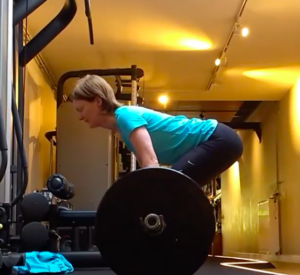 strength reduces by 30% between the ages of 50 and 70. It is therefore important to be strong, and we can do this by lifting heavy weights. To get a feel for what is heavy, you want to do10 reps of an exercise and struggle to do the last couple (still in good form). For example squats, deadlifts or lunges are good examples of leg exercises. Shoulder press, push ups, rows and lat pull downs are examples of arm exercises. It is recommended to do a strength session 3 times a week but twice will still produce good results.
strength reduces by 30% between the ages of 50 and 70. It is therefore important to be strong, and we can do this by lifting heavy weights. To get a feel for what is heavy, you want to do10 reps of an exercise and struggle to do the last couple (still in good form). For example squats, deadlifts or lunges are good examples of leg exercises. Shoulder press, push ups, rows and lat pull downs are examples of arm exercises. It is recommended to do a strength session 3 times a week but twice will still produce good results.
Cardio
Cardio alone won’t translate into changes to body mass, meaning that strength is crucial. This means you might want to consider swapping some of your cardio sport centre classes for getting into the gym itself. However, it is still important to get the blood pumping to support the heart. So running, swimming, cycling, etc. to get yourself out of breath should still be part of your training regime.
Plyometrics
Bone density loss also happens as we age. We peak bone mass by about age 30-35. Estrogen helps to protect bones. As we have less estrogen as we move beyond menopause, this is lost. The best way to build bone is through weight bearing exercise. Therefore, if you only swim and cycle, I recommend you cross train to include some strength work. Plyometrics (jumping) can also be used for bone building. As you can see in this study “After 16 weeks of high-impact jump training, hip BMD can be improved in premenopausal women by jumping 10 or 20 times, twice daily, with 30 seconds of rest between each jump, compared with controls.” So, it is not a big investment in time to achieve this.
It would, however, be advised to skip plyometrics if you have incontinence problems (which I discuss below) or take medical advice if you have been diagnosed with osteoporosis; there are cases when it is not recommended.
Pelvic floor
I discuss this in more detail in this blog but, we don’t always realise that incontinence can become a problem as women get older. Unfortunately, our connective tissue isn’t as strong and functional as it was, so we can have leaking on sneezing or jumping or we can’t make it to the toilet in time. If this is the case for you, please seek out help from a pelvic physiotherapist before it gets any worse. It can be treated, mostly with exercise. Doing this can prevent it from getting worse in the future.
This is a new acronym for me. I have promoted this all the time, but only realised there is a term for it. NEAT stands for non-exercise activity thermogenesis. It means movement that you do that isn’t exercise. For example walking, shopping, gardening, cleaning or doing your chores. In Amsterdam, I think some of us also see the short, relaxed bike rides we do could be classed as NEAT too. As you will be aware, sitting in front of your computer all day and then in front of the TV all evening, isn’t good for our bodies function. Getting up and moving around is way better for us. Especially if you can get a walk in nature, great for the brain! But, if you do want to watch TV, get down on the floor and roll and move around.
I realise that talking about what happens to our bodies as we age can be a bit depressing. However, I believe that by taking action early, we will be able to move through our lives in a strong, functional and positive way. I hope my tips will be helpful in how you plan your training sessions. Enjoy!
Author: Lorna Wilson
Like what you see? Then send me a message or e-mail. We can meet up for a chat and find out how I can help you improve your training and help reduce injury risk.
06 460 377 74 / lorna@wilsonsworkouts.nl
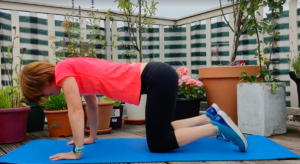
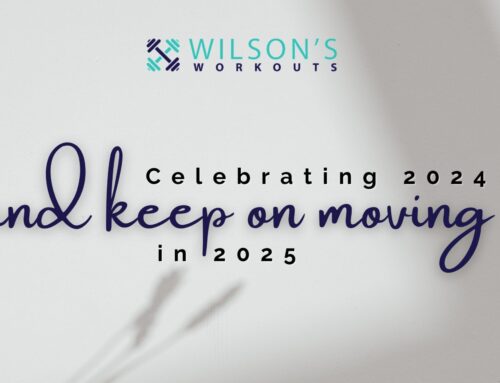
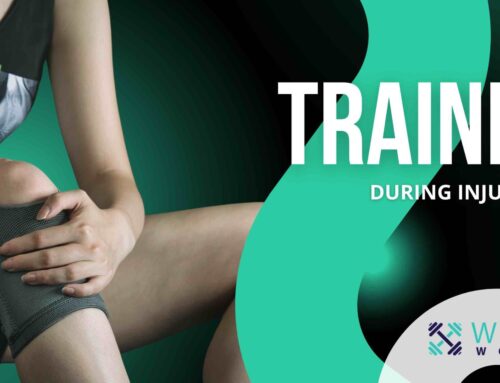
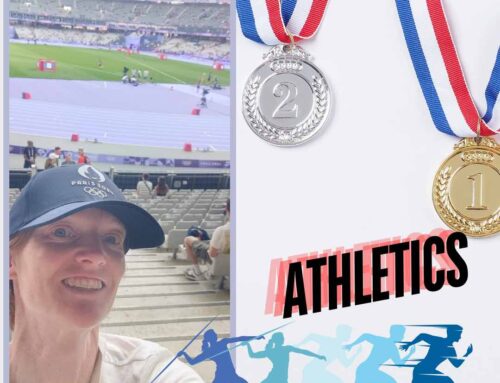
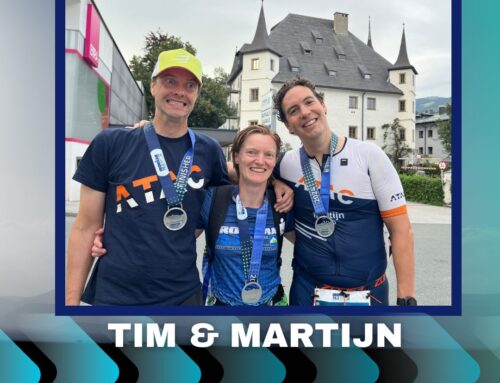
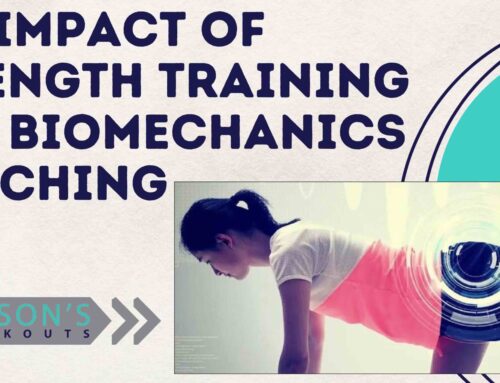
[…] Training during menopause […]